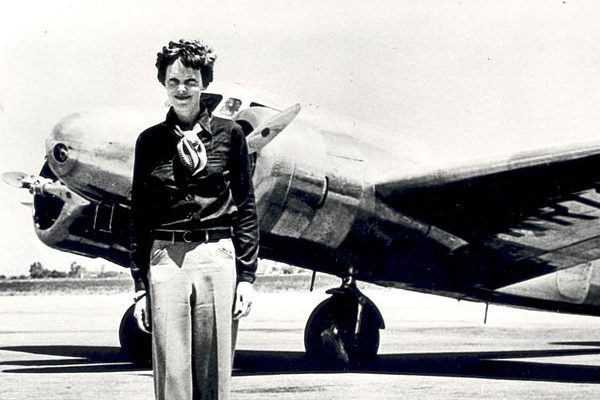The Most Beautiful Marine Curiosity Cabinet, Created by Artist Mark Dion
Mark Dion’s Curiosity Cabinet in Monaco’s Oceanographic Museum (photograph by M. Dagnino, via Le Musee Océanographique de Monaco)
Forget everything you heard about Monaco and the French Riviera: the clubs, the casinos, the Formula 1 Grand Prix. These opulent status symbols of the gilded city are nothing compared to the real jewel of the southern coast: its Oceanographic Museum.
Le Musée Océanographique de Monaco (photograph by Berthold Werber, via Wikimedia)
Created in 1906 by Albert I, Prince of Monaco and tireless explorer, the so called “Temple of the Sea” was the first scientific institution entirely dedicated to the underwater world and its arcane fauna. Installed in a splendid, yet colossal, 19th century manor, the prestigious research center was even directed for three decades by Jacques Cousteau himself. Like a theater for underwater mysteries, the Oceanographic Museum also holds hundreds of aquariums which shelter a fantastic array of more than 6,000 species.
Mark Dion’s curiosity cabinet (via Le Musee Océanographique de Monaco)
In 2010, the Oceanographic Museum of Monaco took a step forward in its educational and scientific objectives by inviting artists to create collaborative works within their collections. A dialogue was established with contemporary artists whose works already explored the dark blue realm of the abyss. After Damien Hirst and his iconic shark, it was Mark Dion’s turn to investigate the Neptunian institution which offered him its archives and collections as raw material for the creation of a curiosity cabinet display. Named Oceanomania, the project itself dealt with Dion’s lifelong obsession with the sea as an unknown dimension, and also questioned the place of art in a scientific institution, where natural specimens are at once relics of culture, scientific data, and an aesthetical presence.
Detail of Mark Dion’s installation (via Le Musee Océanographique de Monaco)
From this collaboration, the curiosity cabinet remains as part of the museum’s permanent collection. Gigantic in its dimensions, it is the largest ocean-themed curiosity cabinet in the world. From floor to ceiling, the shelving presents a variety of objects, taxidermy, shells, and artifacts linked with marine science and its early, often adventurous, expeditions. Dion chose a very simple taxonomic system: objects are presented vertically by their size, so toward the ceiling are the larger artifacts, like the polar bear taxidermy from the Arctic and toward our sight, the smaller ones are showcased. From left to right, the objects are classified from the realm of natural to the cultural, the most impressive piece being the diving suit created by Klingert in the 1780s.
Mark Dion’s cabinet (photograph by Mathieu Marquer/Flickr user)
Of course Dion’s marine curiosity cabinet is visually breathtaking, deploying simultaneously the simple splendor of natural forms and the rough beauty of obsolete technology. But behind the astonishment and wonder, Dion’s curiosity cabinet also aims to give a sense of the spectator’s role in keeping this vulnerable ecosystem alive. By unfolding biodiversity in the most elegant way, one is reminded of his or her ecological responsibility.
MARK DION’S MARINE CURIOSITY CABINET:
OCEANOGRAPHIC MUSEUM, Monaco, Monaco




Follow us on Twitter to get the latest on the world's hidden wonders.
Like us on Facebook to get the latest on the world's hidden wonders.
Follow us on Twitter Like us on Facebook